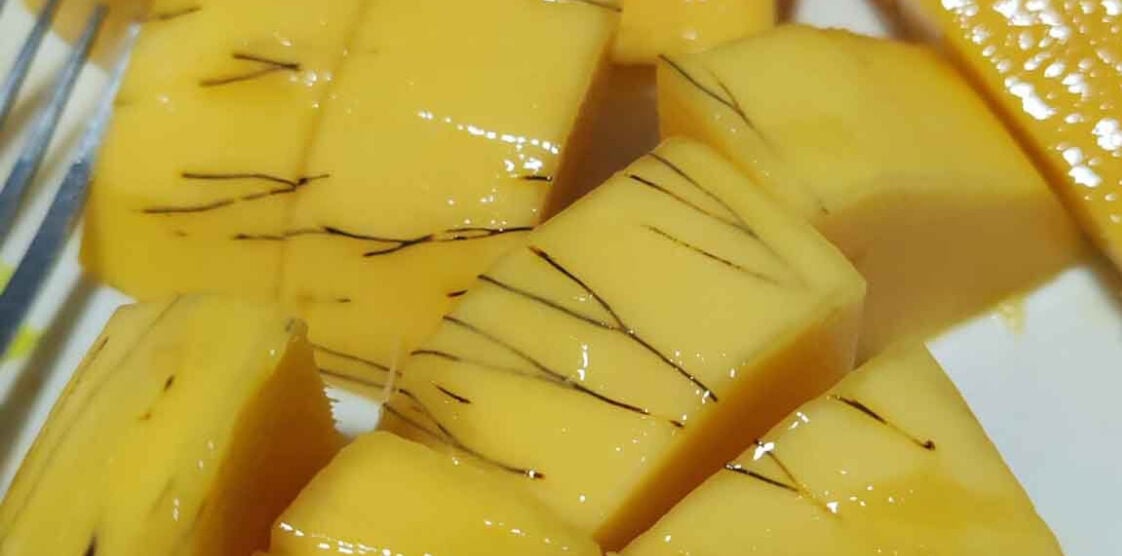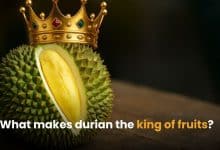Mango madness: Online frenzy over black streaks yields revelation

A social media user’s concern about strange black lines in a mango sparked a significant online dialogue, leading to a flurry of comments and a revelation that these lines are not harmful to humans. The incident occurred today, April 4, when an individual posted a photo of some mango with black streaks to a group called Knowledge Around Us, questioning if the markings were parasites.
The post quickly went viral, garnering over 18,000 likes, 2,000 comments, and 899 shares. Numerous members of the group weighed in with various explanations, ranging from the humorous to the informed. Some suggested the mango was simply beginning to rot, while others reassured that it was safe to eat. A common guess was that the lines were mango veins.
One knowledgeable comment stood out, explaining that the phenomenon is known as Resin Canal Discolouration (RCD), which is not harmful to humans. Factors that increase the risk of RCD include harvesting the fruit too early, long transportation times, low oxygen conditions, and high humidity.
These conditions can cause certain bacteria, similar to those found in humans but specific to plant species, to proliferate and produce phenolic substances. These substances accumulate and form dark brown, resin-like tubes within the mango’s exocarp and extend into the upper mesocarp layer.
While the fibrous material can be annoying, particularly for those wearing dental braces, it poses no health risks.
The discourse around the black streaks in the mango highlighted a global issue for mango traders and other fruit sellers from this family. The presence of RCD can potentially reduce the fruit’s value, especially as it becomes more visible when the fruit ripens.
The social media post not only alleviated fears about the mango’s safety but also shed light on a worldwide agricultural challenge that affects the commercial value of mangoes and similar fruits, reported KhaoSod.
Latest Thailand News
Follow The Thaiger on Google News:


























